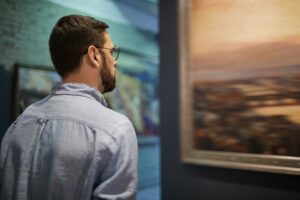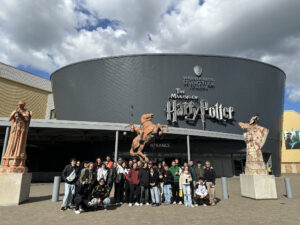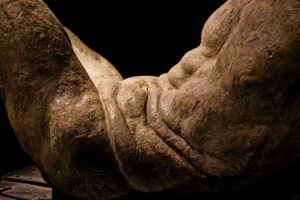Importance of art in the socio-economic context
In the context of emerging countries, art plays a crucial role as a vehicle for cultural identity and social cohesion. Art works often reflect the challenges and aspirations of communities, providing an important platform for expression. Moreover, art can stimulate economic development through tourism, attracting visitors interested in discovering different cultures and vibrant creative settings.
Growth and innovation in contemporary art
In emerging countries, the contemporary art scene is characterised by exponential growth and innovations that challenge traditional paradigms. Artists and curators are experimenting with new forms and technologies, creating works that respond to global issues with a local perspective.
This growth and innovation not only broaden the horizons of art, but also contribute to redefining the cultural landscape. Through the use of new technologies, such as digital media and immersive installations, artists address complex issues such as climate change, social inequality and colonial history. There is an opportunity to work in dynamic contexts and to collaborate internationally, increasing visibility and influencing contemporary debate. In this way, art becomes a powerful tool for social change and a means of promoting new ideas on the world stage.
Significant biennials and festivals
Currently, several biennials and festivals dedicated to emerging countries are attracting international attention. The São Paulo Biennial, for example, offers an important platform for emerging artists from Latin America, while the Venice Biennial recently introduced sections dedicated to artists from developing countries, showing innovative and provocative works for a global audience.
Prominent local exhibitions and initiatives
Numerous local exhibitions and initiatives are establishing themselves as catalysts for the art scene in emerging countries. Events such as the Istanbul Triennial and the Nairobi Contemporary Art Institute (NCAI) are providing vital spaces for local artists and their works, elevating the voice of often marginalised cultures in the global art scene.
Local initiatives are crucial as they allow artists to connect with their local area and express their cultural identity. Galleries, museums and alternative spaces are organising exhibitions and workshops that encourage dialogue between emerging artists and communities. Through these exhibitions, local creativity is enhanced, helping to create a support network that challenges norms and promotes a more inclusive vision of contemporary art.
New voices in contemporary art
In recent years, artists from emerging countries have taken a leading role in the contemporary art scene. Their works address social, political and cultural issues, offering fresh and innovative perspectives. Art fairs such as Art Basel Miami have seen a significant increase in the participation of artists from these regions, giving them global visibility and enriching the international artistic dialogue.
Influence of local traditions on modern art
The dialogue between tradition and modernity is a fundamental aspect in the art of emerging countries. Artists often draw on local cultural elements and symbolism and reinterpret them in a contemporary way. This fusion allows them to explore their own identity while engaging with a global audience, creating works that speak of universal experiences while remaining rooted in their specific cultural context.
This influence of local traditions on modern art manifests itself in different forms, from craft techniques to the use of materials typical of their homeland. Artists such as the Brazilian Adriana Varejão and the South African William Kentridge use symbols and historical references that reflect their cultural heritage, making their works not only visually stimulating but also deeply meaningful. By rediscovering and reinterpreting traditions, they address current issues, creating a bridge between past and future and demonstrating that art is not only a reflection of an era, but also a voice for change.
The role of art in social change
Art plays a crucial role in promoting social change in emerging countries. Through exhibitions, installations and performances, artists address relevant social issues such as inequality, human rights and cultural identity. These artistic expressions not only raise public awareness, but also encourage active dialogue between different communities, thus helping to build a more inclusive society.
Promoting cultural diversity through art
It is observed how art can be a powerful tool for the promotion of cultural diversity in emerging countries. Through artistic manifestations that celebrate local traditions and contemporary innovation, artists are able to highlight the multiculturalism and unique identity of each community. This phenomenon encourages cultural awareness and contributes to the preservation of cultural heritage.
Art events such as festivals, biennials and international exhibitions provide a platform for artists of different origins, thus promoting intercultural dialogue. Artists, through their works, tell unique stories and experiences, contributing to a more comprehensive global narrative. Moreover, through this interaction, social cohesion is strengthened andintolerance is combated, making art not only an expression of beauty, but also an instrument of social transformation.



